Scan to BIM Vs Traditional Documentation Methodologies
Streamlining Documentation: Scan to BIM vs. Traditional Methods
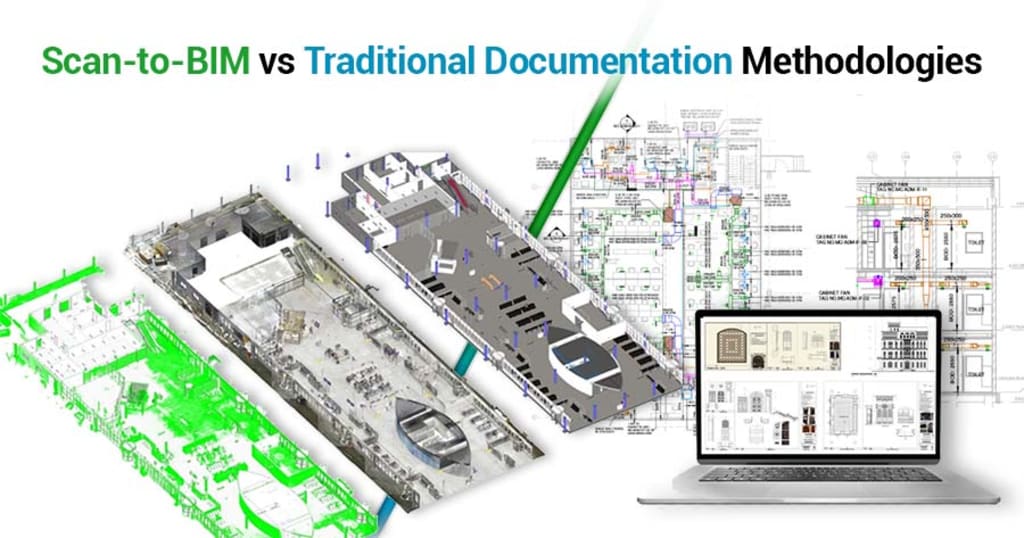
One cannot imagine the construction site documentation without a laser scanner and the design without BIM. Scan to BIM has surely changed a lot when it comes to project documentation.
In this blog, we will discuss how scan to BIM fares in comparison to manual documentation and what significant advantages it can provide. However, before that, let us get to the manual construction documentation challenges.
Manual construction documentation challenges
Construction project documents can be challenging and time-consuming for capital project owners and managers. The old-school approach is expensive and resource-intensive, while the high cost of online document management services can deter potential bidders.
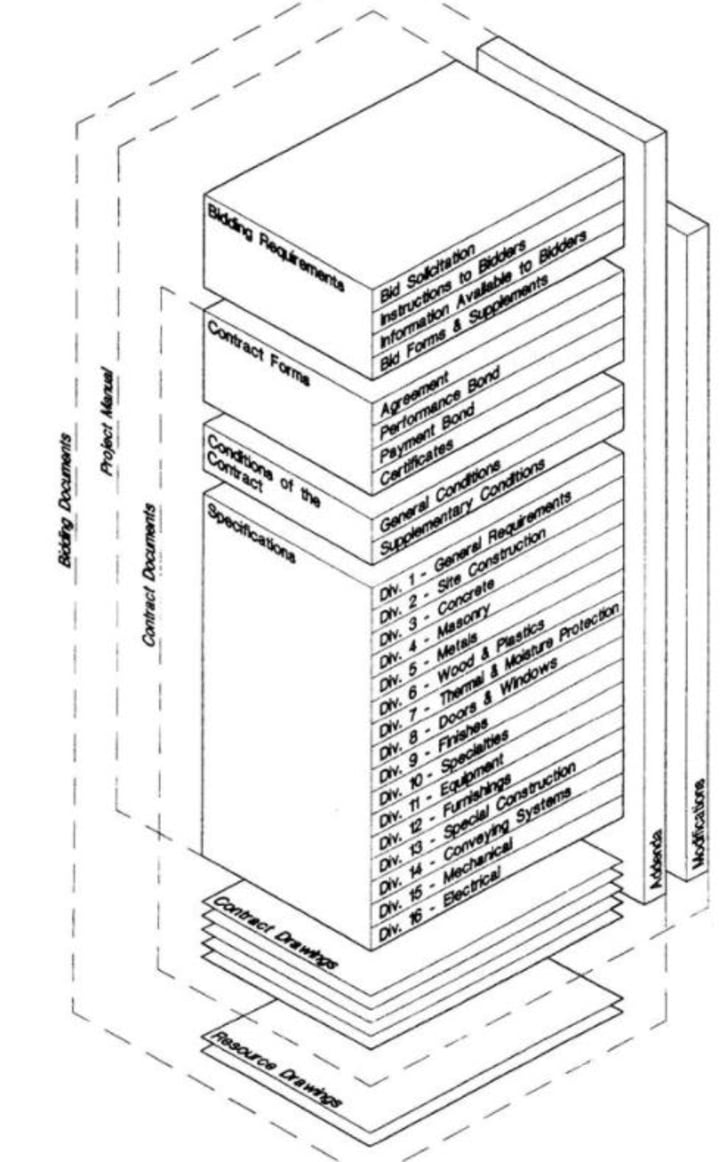
Additionally, outdated information can lead to unnecessary change orders and delays, negatively impacting the budget.
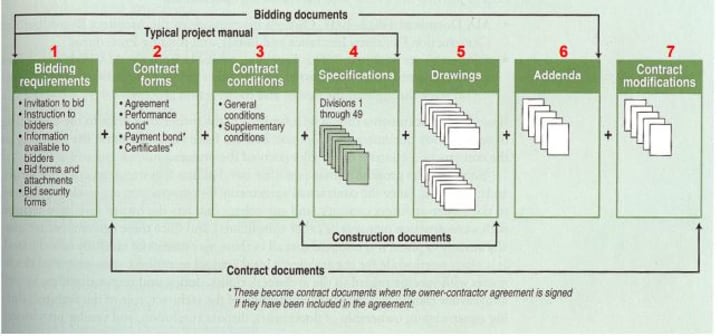
Accessibility and dissemination of up-to-date construction documents and plans are crucial for project success. Without a solution, construction projects may continue to suffer from unnecessary expenses, poor decision-making, and frustration among project team members.
And this is where scan to BIM can intervene to address all the issues associated with manual documentation. But first, let us understand the fundamentals of scan to BIM.
Scan to BIM explanation
Scan to BIM is a workflow that converts laser-scanned digital models into BIM platforms, providing visual accuracy and spatial awareness. It automates building documentation, aiding in new construction projects and understanding existing infrastructure in renovation or adaptive reuse projects.
The scan to BIM process transforms a building's visual appearance into a legible model in hours, replacing traditional tools like tape measures. It's similar to 3D photogrammetry and can be related to augmented reality. The workflow involves a laser scanner recording points on the site's geometry, collecting vast amounts of data.
The scanner determines the location of these points using Lidar or SLAM algorithms. This process can collect 2 million unique points per second, or 600 million points per five-minute scan.
Then tools like Autodesk ReCap Pro trace over point clouds for custom detailing or analysis. Once uploaded to design software, data-cleaning oversight filters out errors. The ultimate deliverable is a point cloud with metadata for the design and construction teams.
Benefits of utilizing scan-to-BIM in your construction documentation process
Scan to BIM comes with numerous advantages, and we will discuss each one of those with the help of some of our notable scan to BIM project case studies:
Precision
While the old process relies on error-prone human measurements, Scan to BIM uses laser scanners to get exact millimeter-level information.
Tejjy attained perfection in his endeavor by employing the Leica BLK 360 G1 camera to capture the precise as-built conditions of the GNFA Gurdwara.
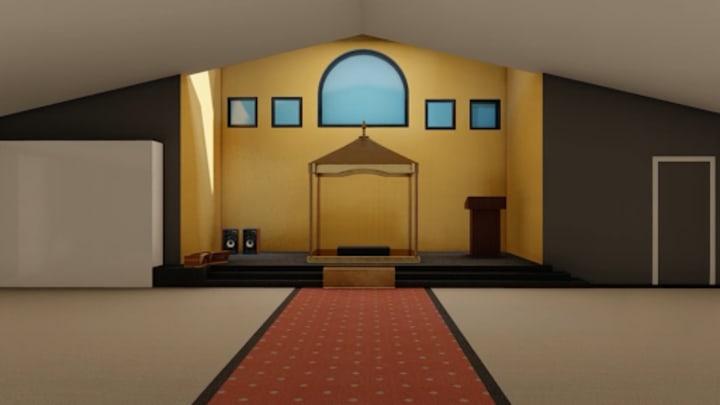
This data was subsequently transformed into comprehensive Building Information Models (BIM) with Revit, allowing for more exact planning and changes. The method eliminated the high platform, allowing for unrestricted mobility during Anand Karaj rituals and matching the area with traditional criteria.
Pace
Scan to BIM streamlines data acquisition, replacing time-consuming older approaches. Modern technology allows for the speedy and hassle-free collection of information in complicated contexts.
Tejjy was able to capture the Columbia Plaza project quickly using Scan-to-BIM, which used the Leica RTC 360 for speedy and exact 3D laser scanning. This innovative technique enabled the rapid collection of precise topography and structural information.
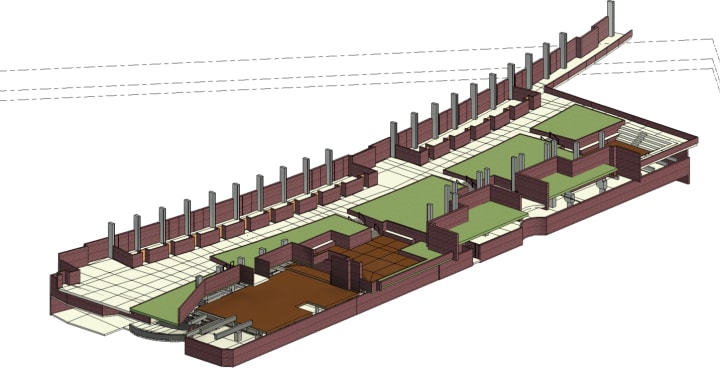
The scan data was easily turned into complex 3D models using BIM software, allowing for rapid and accurate representation of the urban environment, aiding informed decision-making, and improving project outcomes.
Multidisciplinary cooperation
While conventional methodologies can result in information silos, BIM promotes multidisciplinary cooperation. All professions may collaborate on an updated model to improve communication and reduce misconceptions.
Dynamic modeling
Conventional techniques frequently struggle with static models that do not capture real-time changes. Scan to BIM enables dynamic updates, which keep the model up-to-date and represent the project's current conditions.
Tejjy's 29 W. Lexington Street project utilized scan-to-BIM technology to gather real-time data on the building's state. The BLK 360 3D laser scanner provided accurate information, enabling collaboration across trades like HVAC, plumbing, electrical, and fire protection systems. This dynamic process improved cooperation and aligned with refurbishment aims and preservation criteria.
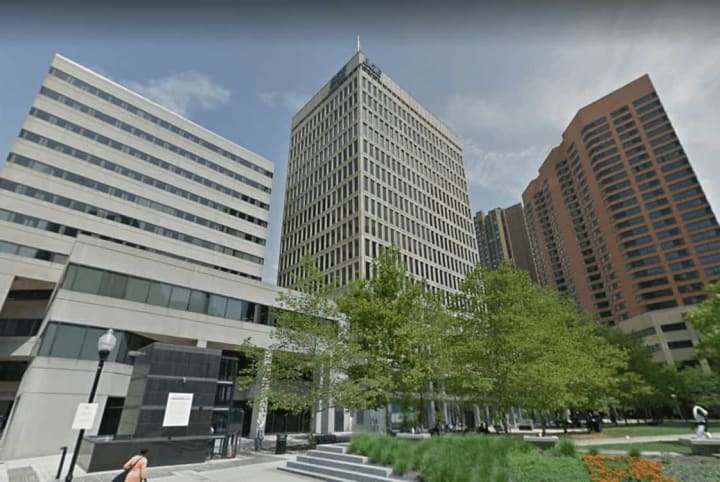
The system produced LOD 300 and 400 BIM models, ensuring precision in architectural, structural, and MEPFP services. The facility management model met COBIE requirements, ensuring project success and quality assurance.
Early identification of project challenges
Scanners provide sophisticated instruments for early identification of interferences and conflicts, as opposed to the traditional approach, which may ignore difficulties until building begins.
Ease in documenting difficult-to-reach places
The mobility of the scanners has also made it simpler to navigate tough and dangerous terrain, and the equipment's adaptability has expanded the possibility of mapping challenging areas.
Scan-to-BIM assisted Tejjy with the crucial scanning of shafts and building components at Georgetown University, employing modern RTC 360 scanning technology. This technique allowed the team to accurately record the as-built characteristics of difficult-to-reach regions such as the 13-story MEP shaft, perimeter walls, and facade connections.
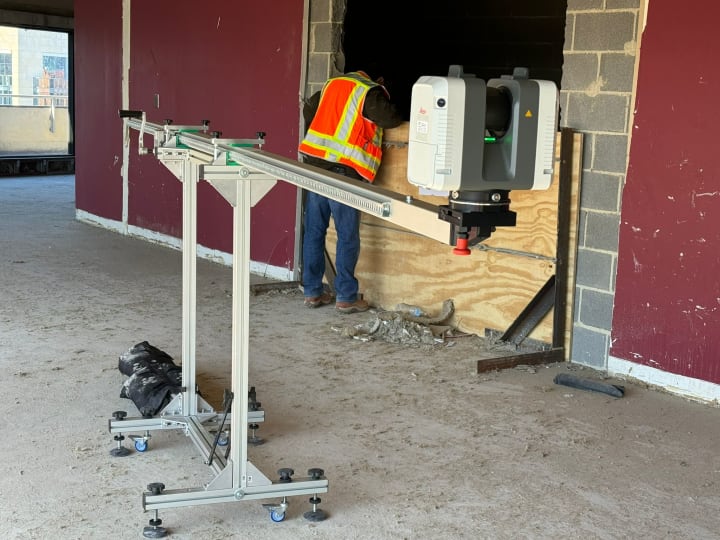
Read Here Complete Case Study On - 3D LASER SCANNING SERVICES FOR UNIVERSITY IN WASHINGTON DC
The use of Cyclone Registration 360 software allowed for precise alignment and integration of scan data, resulting in extensive documentation. The flexibility to supply data in RCP, E57, and LGS formats enabled seamless integration into design and construction workflows, addressing constraints faced by the building's size and complexity while ensuring precise and complete data capture for future design and restoration projects.
Ease of integration with other technologies
While conventional methodologies might be fragmented, BIM provides entire building lifecycle management, from planning to long-term maintenance.
Scan to BIM interacts smoothly with upcoming technologies such as augmented and virtual reality, improving project visibility and comprehension. Traditional methodologies, on the other hand, may be slow to accept new technology. To summarize, Scan to BIM challenges traditional building methods and redefines them for the digital era.
Further Reading -
About the Creator
Matt Sharon
A professional content writer. Having years of experience in Technology, health, finance, and construction and real estate field. Writing is my passion and I love to play with words Confidently.
Enjoyed the story? Support the Creator.
Subscribe for free to receive all their stories in your feed. You could also pledge your support or give them a one-off tip, letting them know you appreciate their work.



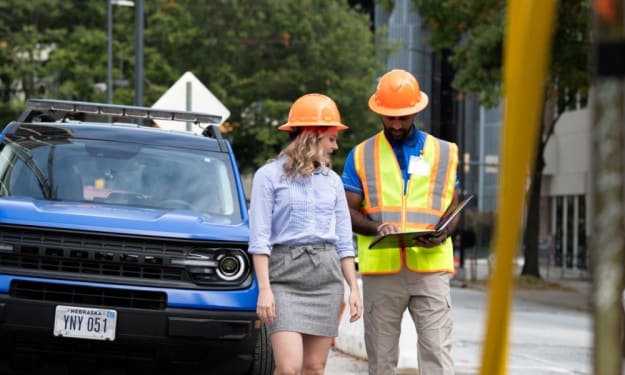


Comments
There are no comments for this story
Be the first to respond and start the conversation.